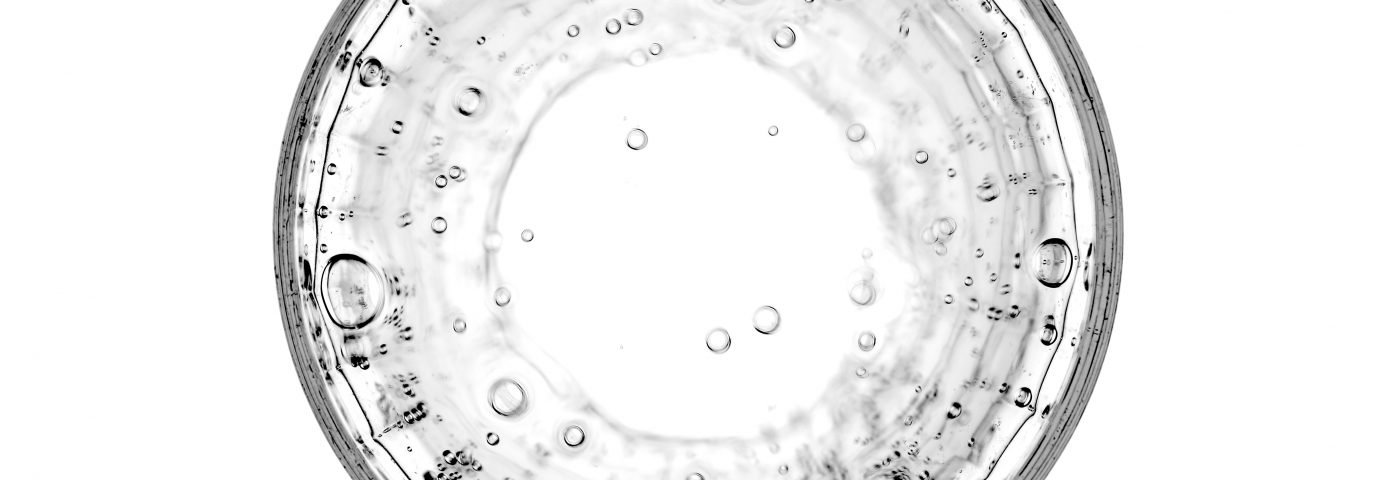By Gabriele Dadalt Souto
Nanotechnology in cosmetic products might not be considered a new technology, as liposomes were introduced to the market in the 1980’s. Since then we’ve seen the rise of several trends, including peptides, proteomics, stem cells and epigenetics.
What are cosmetic nanomaterials?
The EU Regulation 1223/2009 defines the term ‘nanomaterial’ as an “insoluble or biopersistant and intentionally manufactured material with one or more external dimensions, or an internal structure, on the scale from 1 to 100 nm”. Under this regulation, many biodegradable nanoparticle formulations used in cosmetic products are not considered nanomaterials and many suppliers name their ingredients ‘submicron particles’ instead of ‘nanoparticles’.
More importantly, nanotechnology includes the “understanding and control of matter and processes at the nanoscale, typically, but not exclusively, below 100 nanometres in one or more dimensions where the onset of size-dependent phenomena usually enables novel applications” as defined by the ISO/TC 229. Accordingly, submicron particles act as delivery systems and convey different properties to materials in that size range, hence they will be considered nanoparticles in the scope of this article.
The size-dependent phenomena nanoparticles present are primarily linked to the higher surface area of particles in the nanoscale, which alter their optical properties (e.g. inorganic sunscreens appear transparent on skin), and encapsulated fragrances can last longer and perform better. In addition, nanostructures can:
- Protect cosmetic actives from light or oxygen – especially advantageous for antioxidant molecules;
- Overcome insolubility problems;
- Control the release of substances;
- Perform better because of penetration into deeper skin layers through increase in skin permanence.
Many substances have been incorporated into nanostructures to benefit from these properties, including retinoids, antioxidants (e.g. resveratrol and curcumin), sunscreens (e.g. benzophenone-4 and avobenzone), peptides, depigmenting agents, among others. Particles in the nanometric size range have also the ability to scatter UV light, thus acting as physical UV filters.
Manufacturing nanocosmetics
Manufacturing a nanocosmetic requires some additional steps compared to other cosmetics. One must carefully analyse the need to incorporate an active substance into nanostructures and fully understand the purpose of encapsulation. Many suppliers of cosmetic ingredients produce nanotechnology-related formulations, ready to be incorporated into cosmetic bases. The advantage is that no internal development is needed, which requires specialized equipment and resources.
Other remarks
Nanotechnology-based formulations can provide great advantages to a cosmetic, but may pose some challenges during development. It is very important to consider the proper characterization of nanocosmetics as a fundamental step during development, since the stability and performance of the product will strongly relate to that. To develop a reliable, reproducible and effective product, it’s best to analyse multiple parameters, such as average size and size distribution, polydispersity index, zeta potential, and morphology.
Learn more about nanotechnology in the UL Prospector Knowledge Center. To receive additional articles bi-monthly, sign up for free access to the Prospector material search engine and newsletter.
References
Nanobiomaterials in Galenic Formulations and Cosmetics. DOI: http://dx.doi.org/10.1016/B978-0-323-42868-2.00001-2. Elsevier Inc. 2016.
Nanocosmetics and Nanomedicines – New Approaches for Skin Care. DOI 10.1007/978-3-642-19792-5. Springer 2011.
Photo by Karim Ghantous on Unsplash

